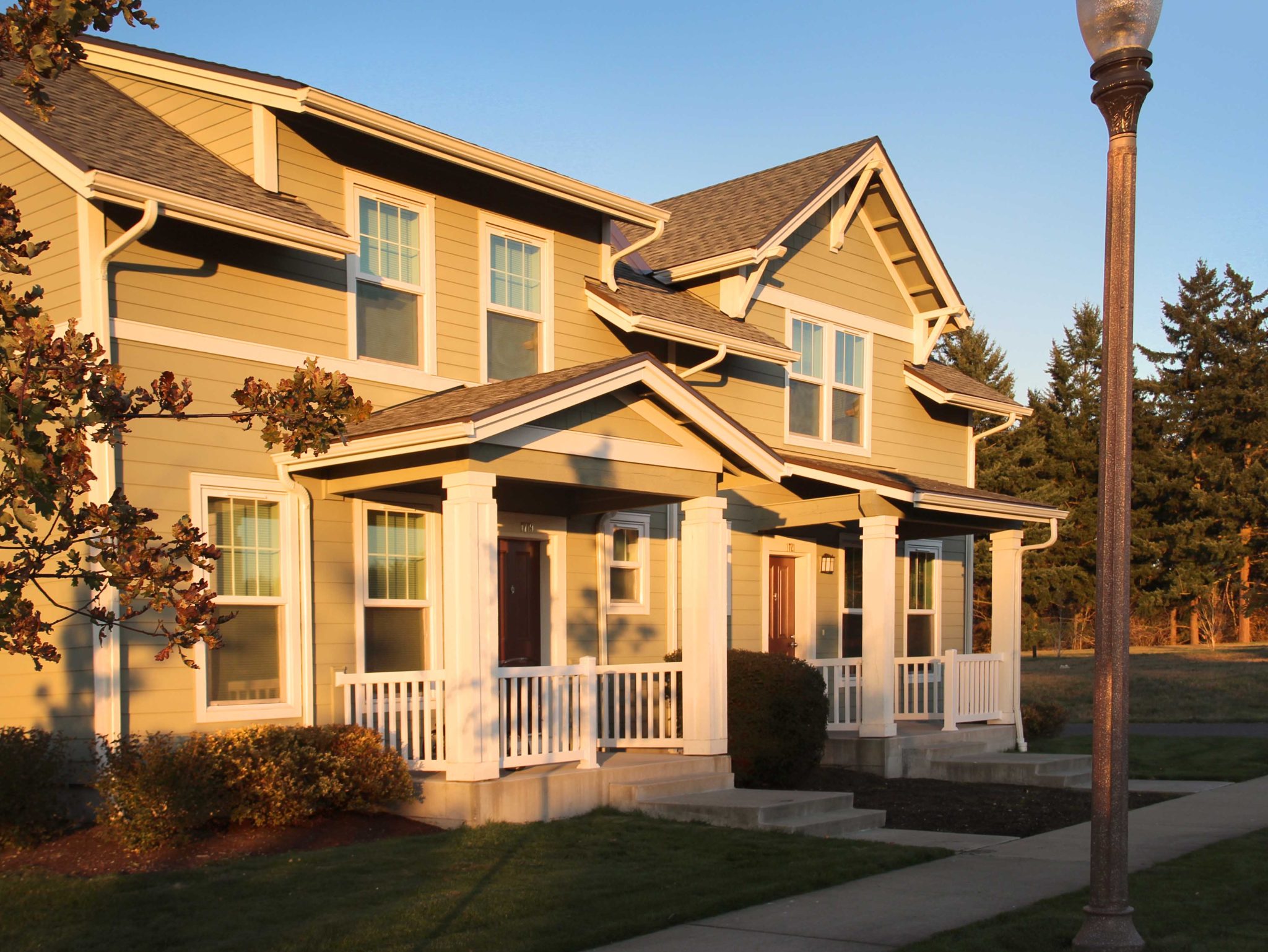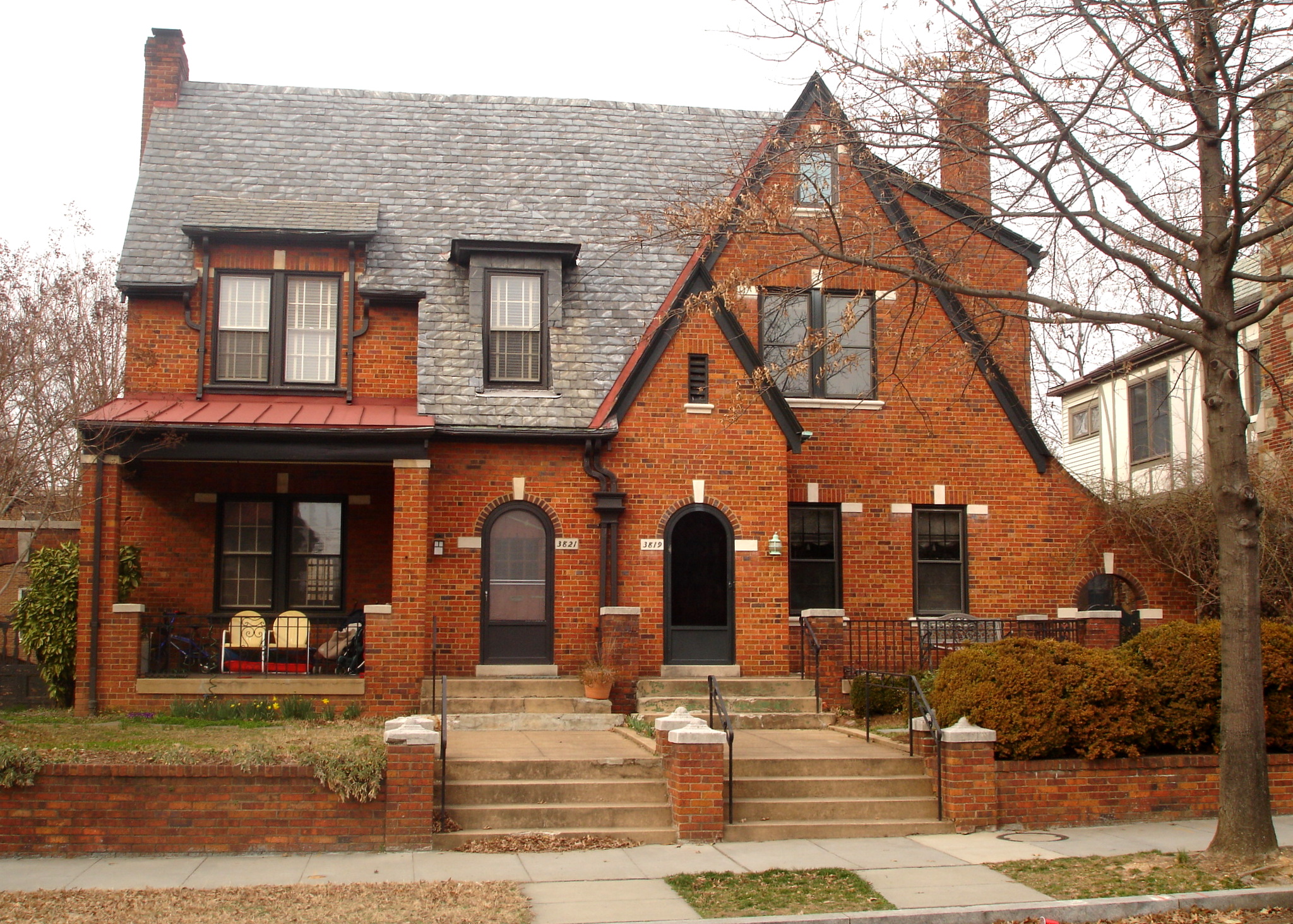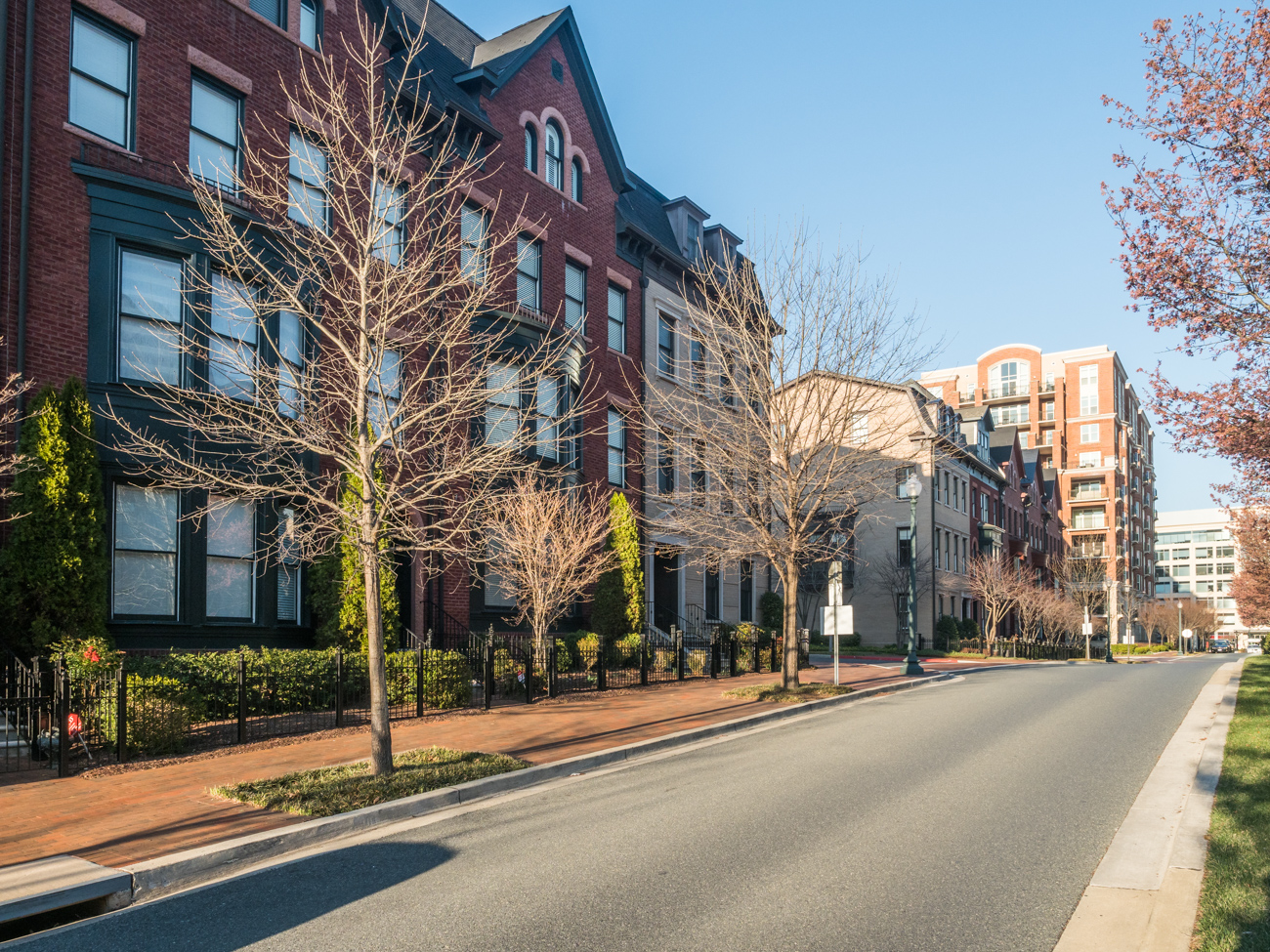ZTA 25-02 permits additional residential building types in the R-40, R-60, R-90, and R-200 zones along certain road segments in Montgomery County. For development of three or more units, a minimum percentage of workforce housing units is required.
The ZTA is effective November 1, 2025. The ZTA builds on Thrive Montgomery 2050’s vision of corridor-focused growth and Housing for All.
Overview
- ZTA 25-02 allows duplexes, triplexes, townhouses, and apartment buildings in the R-40, R-60, R-90, and R-200 zones for properties that abut a Downtown Street or any of the Boulevard road classifications. Watch a video series for an overview of street types and classifications, or view a map of the different street types and classifications.
- The corridor must be master-planned for at least 100 feet in width and have three existing travel lanes.
- The front lot line of applicable housing types, typically indicated by the street address, must abut the applicable corridor.
- The density of the housing type is limited to a maximum of 1.25 FAR (Floor Area Ratio), and the maximum height is 40 feet.
- For any development application of 3 or more units, 15% of the units must meet the requirements of Montgomery County’s Workforce Housing Program. County Code defines workforce housing as being affordable to households with incomes up to 120% of area median income (AMI). The ZTA requires a minimum of one workforce housing unit if an application has at least three units.
- This type of development does not apply to existing flag lots, through lots, lots that do not abut a road, or corner lots when the property is addressed from the side street.
Frequently Asked Questions
ZTA 25-02 is one of the elements included in Montgomery County’s More Housing N.O.W. legislative package to increase housing supply, reduce costs, and increase pathways to homeownership.
Other elements include:
- Office to Housing ZTA 25-03: Create an expedited approval process for projects that convert high-vacancy commercial properties to residential use.
- Office to Housing PILOT Bill 2-25: Establish a Payment in Lieu of Taxes (PILOT) for conversion of high-vacancy commercial properties to residential use.
- Budget: Increase the county’s investment in homeownership assistance in the Housing Initiative Fund (HIF).
The ZTA applies to about 2,429 parcels, and about 2,051 of these are currently used for single-family detached homes.
There are approximately 184,500 single-family detached parcels across the county, meaning that the ZTA applies to 1.1% of the county’s single-family detached homes.
Applications under ZTA 25-02 will follow the usual steps of Montgomery County’s development review process. These steps include public noticing, a Development Review Committee (DRC) meeting, as well as a Planning Board public hearing and decision.
ZTA 23-10, which passed in 2024, removed requirements to provide a minimum number of parking spots per unit for properties near transit.
Therefore, under the previously adopted changes to the zoning code, the minimum parking requirement for housing developments may be lowered to zero if the property is within a half mile of a Metro station or a Purple Line station, or within a quarter mile of an existing Bus Rapid Transit (BRT) station or a BRT station funded for future construction.
The zoning code also allows a parking reduction factor of 0.5 for workforce housing units, so any workforce housing would require one space per unit rather than two. ZTA 25-2, however, does not alter or further reduce these existing parking standards.
Yes, MPDUs are still required for all developments with at least 20 units, and a payment to the Housing Initiative Fund (HIF) is required for all projects that provide 11-19 units, even if there is a workforce housing requirement. There is no MPDU requirement for projects providing 10 or fewer units, and no workforce housing requirement for projects that provide fewer than three units.
A Historic Area Work Permit (HAWP) is required for any alterations to properties within designated historic districts and for designated historic sites. The HPC would review proposals for construction, additions, modifications, grading, and tree removal, using existing county law specific to historic resources (Chapter 24A) in addition to adopted design guidelines for the properties within the districts and may impose stricter design or building requirements. A review of the proposed construction is conducted in public at HPC meetings and affords local advisory panels and the general public the opportunity to provide input. The HPC does not regulate properties listed in the National Register of Historic Places. To learn more about the HPC’s review process and Montgomery County’s designated historic properties, please visit the Historic Preservation Office website.
No. The ZTA simply allows property owners of applicable parcels to build more types of housing on their property if they choose to do so.
SRA 25-02 was adopted by the District Council on October 14, 2025.
SRA 25-02 places multiple limits on how properties eligible for ZTA 25-02 can be consolidated or re-subdivided, and includes:
- Limiting consolidation of eligible properties to no more than three, with a maximum consolidation size limit based on the underlying zone, set at three times the median lot size of all eligible properties within that zone.
- R-40 Zone – 19,500 square feet
- R-60 Zone – 23,400 square feet
- R-90 Zone – 33,600 square feet
- R-200 Zone – 66,000 square feet
- Clearly defining Flag Lot as a lot separated from the nearest public or private road by an abutting lot except for a narrow strip of land used for vehicular access, pedestrian access, frontage requirements, or utility connections.
- Define a new Shared Access Lot as a Flag Lot or a lot that does not abut a public or private road that is created for the subdivision of land for a duplex, triplex, townhouse, or apartment building type.
- Prohibit the creation of new Flag Lots, through lots, or lots that do not abut a road if the lots are intended for the Workforce Housing Optional Method.
A corner lot is a property located at the intersection of two or more streets.
A flag lot is a type of property that has a narrow strip of land providing access to a wider, buildable area located behind other lots.
A through lot refers to a lot that has frontage on two opposite and typically parallel streets.
A lot that does not abut a road is also known as a lot without frontage, and its only means of access to a road is through an easement on an adjacent property.
ZTA 25-02 does not apply to existing flag lots, through lots, lots that do not abut a road, or corner lots when the property is addressed from the side street.


